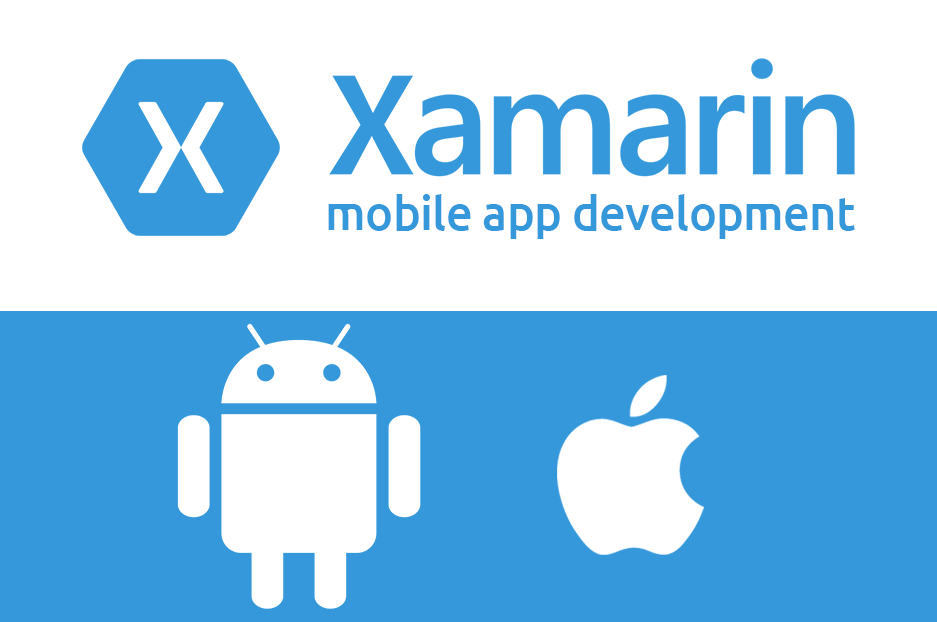
Free eBooks for Beginners
Xamarin is a popular framework that allows developers to build mobile apps for iOS, Android, and other platforms using C# and the .NET framework. One of the key features of Xamarin is its ability to use plugins, which are small libraries that add functionality to a Xamarin app.
Plugins are created by other developers and are available for use in the Xamarin community. These plugins can be used to add functionality to an app without the need for the developer to write the code themselves. This can save a lot of time and effort for developers, allowing them to focus on building the core functionality of their app.
There are many different types of Xamarin plugins available, such as plugins for working with camera, contacts, and notifications. Other plugins can be used for more specialized tasks, such as working with barcodes or creating charts. Some plugins are also available for creating user interfaces, such as adding a carousel view or a pull-to-refresh feature.
Using a plugin is relatively simple. Once you have found a plugin that you would like to use, you can add it to your Xamarin project by installing it through the NuGet package manager. Once the plugin is installed, you can start using it in your code. Most plugins come with detailed documentation, explaining how to use the plugin and what features it provides.
It’s important to note that some plugins are open-source and free to use, while others may require a paid license. When using a plugin, be sure to check the terms of use and ensure that it is compatible with your app’s intended use.
In addition to the many pre-built plugins available, developers can also create their own plugins and share them with the community. This allows developers to share their expertise and help others by creating plugins that solve common problems or add specific functionality to an app.
In summary, Xamarin Plugins are small libraries that can be added to a Xamarin app to add functionality. These plugins are created by other developers and are available for use in the Xamarin community, They can be used to add functionality to an app without the need for the developer to write the code themselves, and can save a lot of time and effort for developers. There are many different types of Xamarin plugins available, such as plugins for working with camera, contacts, and notifications, as well as specialized tasks like working with barcodes or creating charts. Some plugins are open-source and free to use, while others may require a paid license. Developers can also create their own plugins and share them with the community.
Cookbook – Xamarin for Beginners – Chapter 29: Xamarin Plugin
 Loading...
Loading...
Disclaimer: The information and code presented within this recipe/tutorial is only for educational and coaching purposes for beginners and developers. Anyone can practice and apply the recipe/tutorial presented here, but the reader is taking full responsibility for his/her actions. The author (content curator) of this recipe (code / program) has made every effort to ensure the accuracy of the information was correct at time of publication. The author (content curator) does not assume and hereby disclaims any liability to any party for any loss, damage, or disruption caused by errors or omissions, whether such errors or omissions result from accident, negligence, or any other cause. The information presented here could also be found in public knowledge domains.